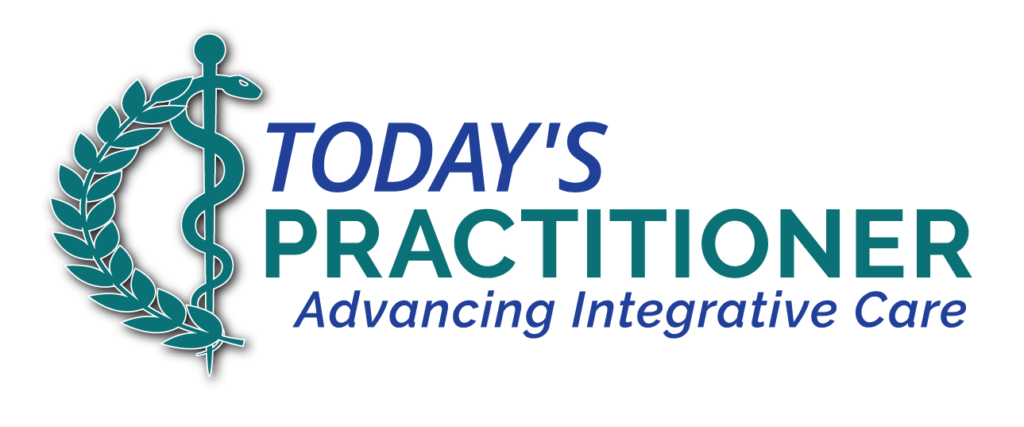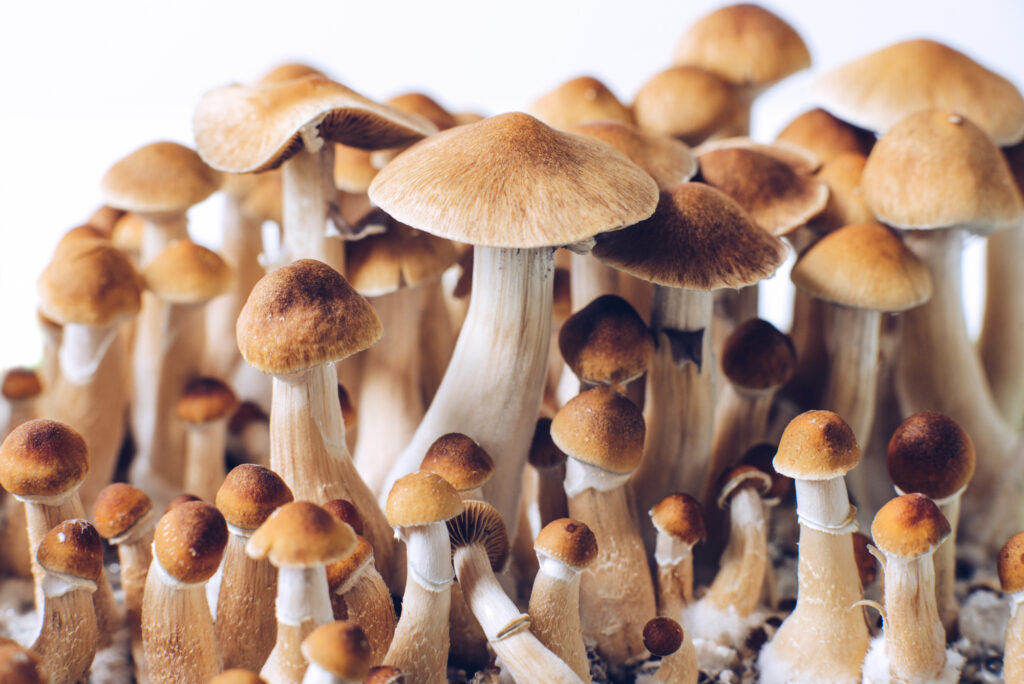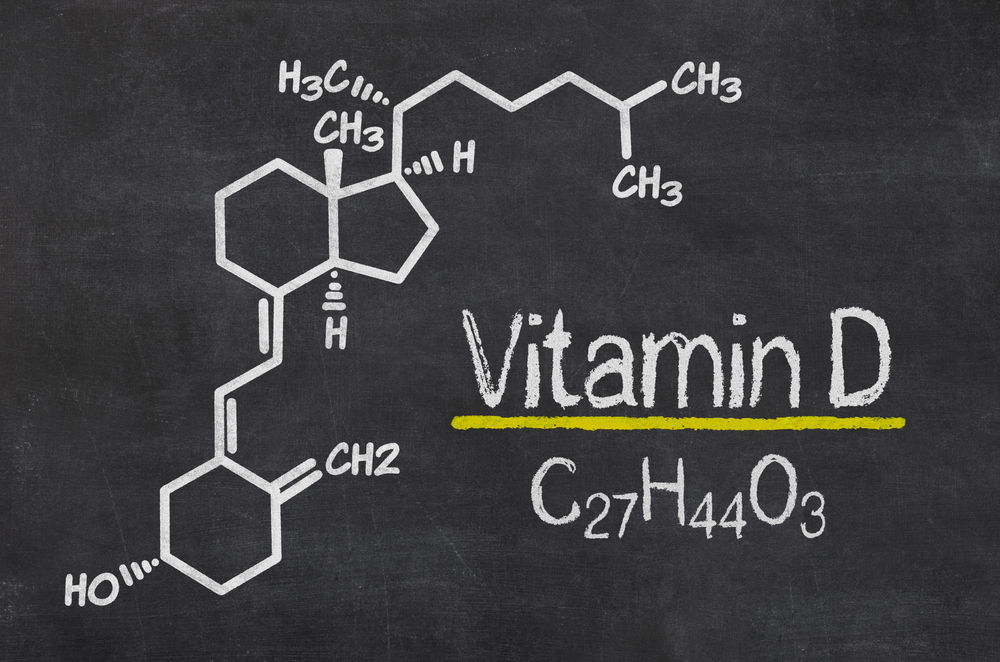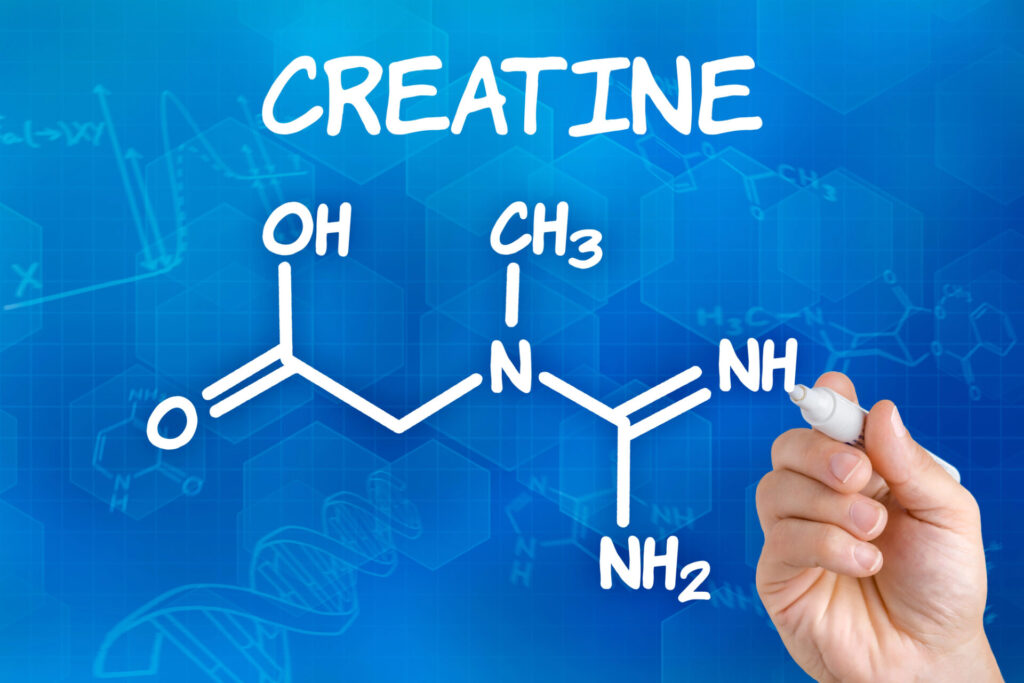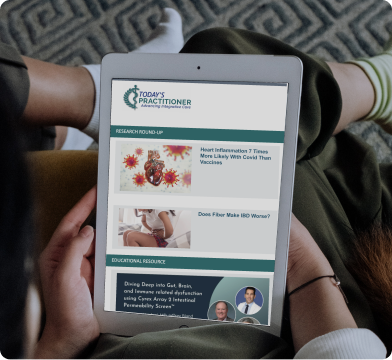Pam Conboy
Abstract Psilocybin, a 5-HT2A serotonin receptor agonist, exhibits a multifaceted pharmacological profile with effects on dopamine and glutamate neurotransmission. With its stellar safety profile, its potential in neuropsychiatric treatment has garnered renewed attention in recent years. This article reviews psilocybin’s neurobiological mechanisms, regulatory history, and presents several cases to demonstrate its multifaceted therapeutic efficacy.
Pharmacological Overview
Psilocybin is a 5-HT2A receptor agonist, also modulating dopamine and glutamate pathways. 5-HT2A receptors are predominantly expressed in the brain, but also found in the central and peripheral nervous systems. These receptors regulate emotional, cognitive, and neuropsychiatric processes. Psilocybin disrupts associative brain networks and their sensory integration, while enhancing cortical activity and promoting a high-entropy brain state. Additional mechanisms include hypothalamic-pituitary-adrenal axis modulation, endocrine regulation, and anti-neuroinflammatory effects—particularly through microglial and astrocyte activity.
One of psilocybin’s most promising effects is the enhancement of neuropsychological plasticity. While synaptic plasticity varies throughout the human lifespan, dysregulated plasticity is implicated in numerous psychiatric disorders. It is hypothesized that psilocybin and its active metabolite, psilocin, induce perceptual shifts and novel emotional processing, which contribute to therapeutic benefits in conditions such as anxiety, PTSD, depression, and substance use disorders.
Current Legal Status
Despite its therapeutic potential and strongly favorable safety profile, psilocybin was classified as a Schedule I substance by the U.S. government in 1970, influenced by cultural and political concerns rather than scientific evidence. This designation, and subsequent international bans, curtailed research for decades.
The therapeutic exploration resumed in 2004, when UCLA initiated trials on existential anxiety in cancer patients. In 2006, researchers at Johns Hopkins, led by Roland Griffiths, reported psilocybin’s capacity to induce mystical-type experiences under supportive conditions. Since then, the Center for Psychedelic and Consciousness Research has published over 200 studies, making psilocybin the most extensively studied psychedelic. Though comprehensive data on specific psychiatric outcomes lies beyond the scope of this article, current findings have catalyzed legislative changes. Oregon and Colorado have decriminalized psilocybin, and several jurisdictions are considering similar measures. Exceptions for religious and research use are also protected under the Religious Freedom Restoration Act (RFRA) of 1993.
In this article, we will discuss four cases of individuals who have participated in psilocybin accessed through the sincere spiritual practice (RFRA protection) of Setas Seminary (setasseminary.org).
Case Reviews
SF: Bipolar II. Persistent Depressive Disorder. Post-Traumatic Stress Disorder
Patient Overview SF is a 50-year-old female with a complex medical history, including avascular necrosis of the hips, dyshidrotic eczema, lumbar disc rupture with sciatica, exocrine pancreatic insufficiency, eosinophilic esophagitis, mast cell activation syndrome, and epilepsy. Despite the breadth of her diagnoses, her primary motivation for seeking psilocybin treatment was longstanding PTSD, bipolar II disorder, and persistent depressive disorder.
Psilocybin-Assisted Intervention As a component of a ceremonial retreat, SF received a single macrodose of 5 grams of organically cultivated, third-party tested psilocybin mushrooms prepared in lemon tea.
Outcome Measures Pre- and two-months post-intervention, SF completed the Hamilton Depression Rating Scale (HAM-D) and the Generalized Anxiety Disorder Scale (GAD-7) indicating nearly complete resolution of symptoms.
|
Scale |
Pre-Psilocybin |
2-Months Post-Psilocybin |
|
HAM-D |
42 (very severe depression) |
10 (mild depression) |
|
GAD-7 |
21 (very severe anxiety) |
2 (minimal anxiety) |
Post-Intervention Protocol and Maintenance Under medical supervision, SF successfully discontinued most psychiatric medications within one month of the psilocybin session. She reports no return of symptoms and continues to follow a maintenance regimen which includes a pulsed microdose of 200 mg whole mushroom psilocybin and a proprietary supplement blend including:
- Organic Ganoderma lucidum (150 mg)
- Organic Hericium erinaceus (175 mg)
- Organic Tilia europaea (100 mg)
- Organic Withania somnifera (100 mg)
- L-theanine (75 mg)
As a component of Setas Seminary’s sincere practices, ongoing, complimentary wellness education and integration services are offered.
Patient Reflections
The experience was, and continues to be, profoundly healing in many areas of my life. I feel as if I have been enveloped in love and gentle warm embraces, safe and protected as I grow.
DG: Cognitive Decline
Patient Overview DG is a 70-year old male with a family history of Alzheimer’s disease (maternal grandmother). With a diagnosis of moderate cognitive decline his self-reported symptoms included short-term memory challenges and mood dysregulation. His motivation for exploring psilocybin was an attempt to abate and potentially mitigate cognitive decline and related symptoms.
Psilocybin-Assisted Intervention DG initiated a pulsed microdose program utilizing 200 mg whole mushroom psilocybin and a proprietary supplement blend including:
- Organic Leonurus cardiacata (200 mg)
- Organic Ocimum sanctum (200 mg)
- Organic Centella asiatica (100 mg)
Outcome Measures Pre- and four-months post-intervention, DG’s spouse completed the AD8 Dementia Screening indicating that despite continued cognitive impairment, significant improvements in thinking, processing, and memory have been observed since the microdosing protocol was initiated. In addition, both spouse and close family friends have reported a significant improvement in overall mood.
|
AD8 Scale
|
Pre-Psilocybin |
4-Month Post-Psilocybin |
|
0-1 normal cognition >2 cognitive impairment likely |
5 |
3 |
Post-Intervention Protocol and Maintenance Under medical supervision, DG continues the pulsed microdose protocol described above. As a component of Setas Seminary’s sincere practices, ongoing, complimentary wellness education and integration services are offered.
GR: Anxiety and Depression
Patient Overview GR is a 41-year old physically healthy female with prior antidepressant use, describing mild depressive symptoms, continuous anxiety, persistent negative thoughts, inability to quiet the mind, lack of energy/motivation, and general feelings of overwhelm.
Psilocybin-Assisted Intervention GR initiated a pulsed microdose program utilizing 200 mg whole mushroom psilocybin and a proprietary supplement blend including:
- Organic Ganoderma lucidum (150 mg)
- Organic Hericium erinaceus (175 mg)
- Organic Tilia europaea (100 mg)
- Organic Withania somnifera (100 mg)
- L-theanine (75 mg)
After 5 months on the microdosing protocol, as a component of a ceremonial retreat, GR received a single macrodose of 3.5 grams of organically cultivated, third-party tested psilocybin mushrooms prepared in lemon tea.
Outcome Measures Pre- and 5-months post-psilocybin intervention (5 months post microdose initiation, 2 months post macrodose journey) GR completed the Hamilton Depression Rating Scale (HAM-D) and the Generalized Anxiety Disorder Scale (GAD-7) indicating complete resolution of symptoms.
|
Scale |
Pre-Psilocybin |
5-Months Post-Psilocybin |
|
HAM-D |
19 (moderate depression) |
4 (minimal depression) |
|
GAD-7 |
15 (severe anxiety) |
2 (minimal anxiety) |
Post-Intervention Protocol and Maintenance GR continues the pulsed microdose protocol described above. As a component of Setas Seminary’s sincere practices, ongoing, complimentary wellness education and integration services are offered.
Patient Reflections
I feel the microdosing aided in quieting the noise and frenzy that was constantly happening in my mind and clearing the clouds that seemed to be looming above. Since the macrodose ceremony, there has been a noticeable shift in me. I am more positive and able to give myself grace in areas I couldn’t before. I feel more lively and look forward to interacting with people. I have little to no depressive symptoms, less anxiety, the noise in my mind is much quieter and kinder, sleep has improved and I remember dreams in the morning, I find myself engaging more and pushing myself to actually do things I want to do. Now I truly feel like I am in control of myself and in the best mental place I have ever been. “Lighter” feeling (as though the heaviness in my heart, mind, and soul has been lifted). Ability to laugh and smile that I hadn’t possessed in a long time. I wake up feeling ready to take on the day. I feel capable of taking on the inevitable bumps in the road. Anxiety inducing situations come and go when they would’ve gripped me for an extended period of time previously. There are so many benefits I have experienced, this only scratches the surface.
LL
Patient Overview LL is a 71-year old female with metabolic syndrome and reported episodes of binge eating. Her motivation for exploring psilocybin was an attempt to address severe, medication-resistant anxiety symptoms.
Psilocybin-Assisted Intervention LL initiated a pulsed microdose program utilizing 200 mg whole mushroom psilocybin and a proprietary supplement blend including:
- Organic Ganoderma lucidum (150 mg)
- Organic Hericium erinaceus (175 mg)
- Organic Tilia europaea (100 mg)
- Organic Withania somnifera (100 mg)
- L-theanine (75 mg)
After 2 months on the microdosing protocol, as a component of a ceremonial retreat, LL received a single macrodose of 3.5 grams of organically cultivated, third-party tested psilocybin mushrooms prepared in lemon tea.
Outcome Measures Pre- and 4-months post-psilocybin intervention (4 months post microdose initiation, 2 months post macrodose journey) LL completed the Hamilton Depression Rating Scale (HAM-D) and the Generalized Anxiety Disorder Scale (GAD-7) indicating significant resolution of anxiety symptoms. LL also reports aa significant reduction in binge eating episodes.
|
Scale |
Pre-Psilocybin |
5-Months Post-Psilocybin |
|
HAM-D |
7 (minimal depression) |
3 (minimal depression) |
|
GAD-7 |
19 (severe anxiety) |
7 (mild anxiety) |
Post-Intervention Protocol and Maintenance LL continues the pulsed microdose protocol described above. As a component of Setas Seminary’s sincere practices, ongoing, complimentary wellness education and integration services are offered.
Patient Reflections
Through this experience, I have found the ability to see the good in things. I’m feeling more grateful, less worrisome, and more true happiness than I ever have.
Conclusion
These cases illustrate the potential efficacy of psilocybin use within a structured, supportive setting, for patients with a variety of neuropsychiatric challenges. While ongoing formal clinical trials will elucidate the therapeutic value, individual cases underscore psilocybin’s promise in clinical practice.
